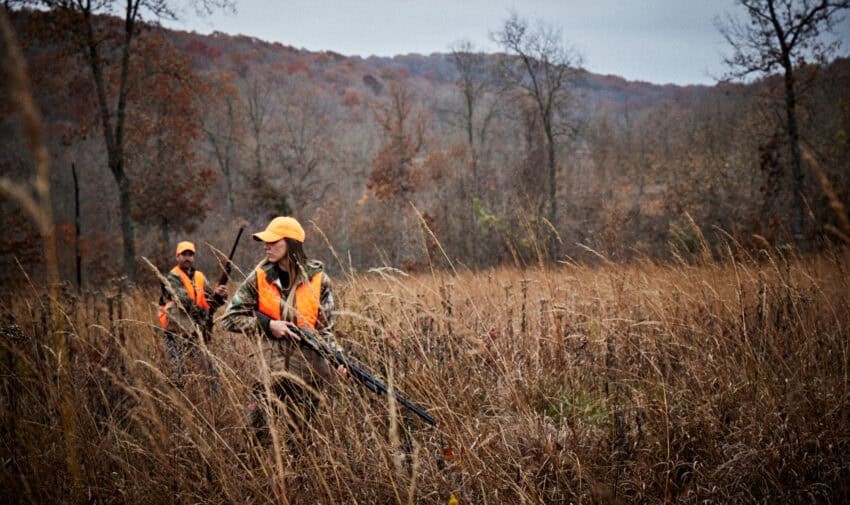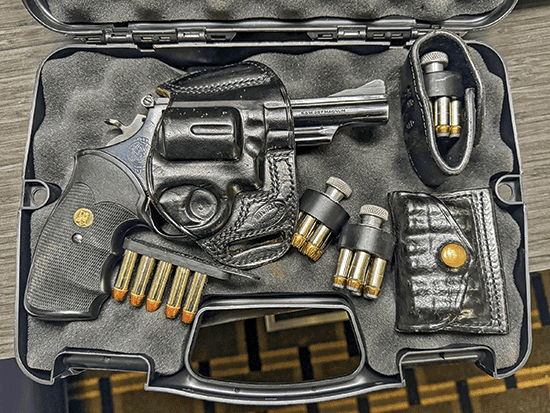The United States Of Access
For years, when former hunters and anglers were asked why they stopped hunting or fishing, they often cited a lack of access to places to hunt and fish. Maybe an upstate relative sold the family farm, or the neighbor’s woodlot where they had been given permission for years was sold to a housing developer.
Over generations, Americans have lost the sort of informal recreational access that provided millions of acres of places to hunt deer, or to fish for farm-pond bass, or to flush pheasants and quail, or to camp with their family. That’s the bad news.
The good news is our network of informal access has been replaced by more formal access arrangements on private land and by prioritizing access, along with resource management, on our public lands.
A recent survey of huntable public land in America pegged the total at just under 700 million acres. Granted, that includes about 200 million acres in Alaska alone, but it’s a huge estate of land managed by the U.S. Forest Service, Bureau of Land Management, various state resource agencies, the U.S. Fish & Wildlife Service (which manages federal wildlife refuges) and the U.S. Corps of Engineers (which manages many of our big-river dams and reservoirs).
When you add the nearly 50 million acres of access provided on private land through formal access programs, the amount of land open to hunting and fishing, along with hiking, camping, bird-watching and overlanding is remarkable.
Good News & Bad News
State agencies manage robust private-land access programs, some funded by Voluntary Public Access-Habitat Improvement Act contributions, and some from other funding sources.
In Montana, some 8 million acres of private land is enrolled in Block Management, which is largely funded by non-resident hunting license fees. In South Dakota and Kansas, this private-land access program is called Walk-In. In North
Dakota, it’s called PLOTS, for Private Land Open To Sportsmen. And in Missouri, it’s called MRAP, for Missouri Outdoor Recreational Access Program.
Regardless of what it’s called in your state, you have some sort of access to private parcels through your state wildlife agency.
The digital mapping platform onX recently quantified the amount of accessible private land, and noted “landowners’ appreciation for hunting, public access, and habitat are core to the success of these [access] programs, but lease fees from the states as well as benefits like liability coverage and regulation enforcement help make the success of these programs possible.”
By assuring hunters and anglers have places to recreate, our collective community is addressing one of the biggest reasons why participants drop out of those activities, which fund conservation in America through hunting and fishing license sales and taxes paid on sporting goods equipment. That’s the good news.
The bad news is while the number of accessible acres in the United States is large and growing, it’s not permanent. A landowner might decide to lease their ground to an outfitter, or keep the public away because of a bad experience with a hunter or angler.
As onX noted in their study, “the programs are threatened by hunter misbehavior and funding uncertainty. Hunters respecting landowners and taking extra consideration on these private lands is critical to keeping landowners enrolled and maintaining this access into the future.”
Here’s a link to the onX Private Land Public Access report: https://www.onxmaps.com/onx-access-initiatives/private-land-public-access.
Editor’s Note: This article was provided by the Outdoor Industry Communication Council, managed by Outdoor Stewards of Conservation Foundation and Wildlife Management Institute.





